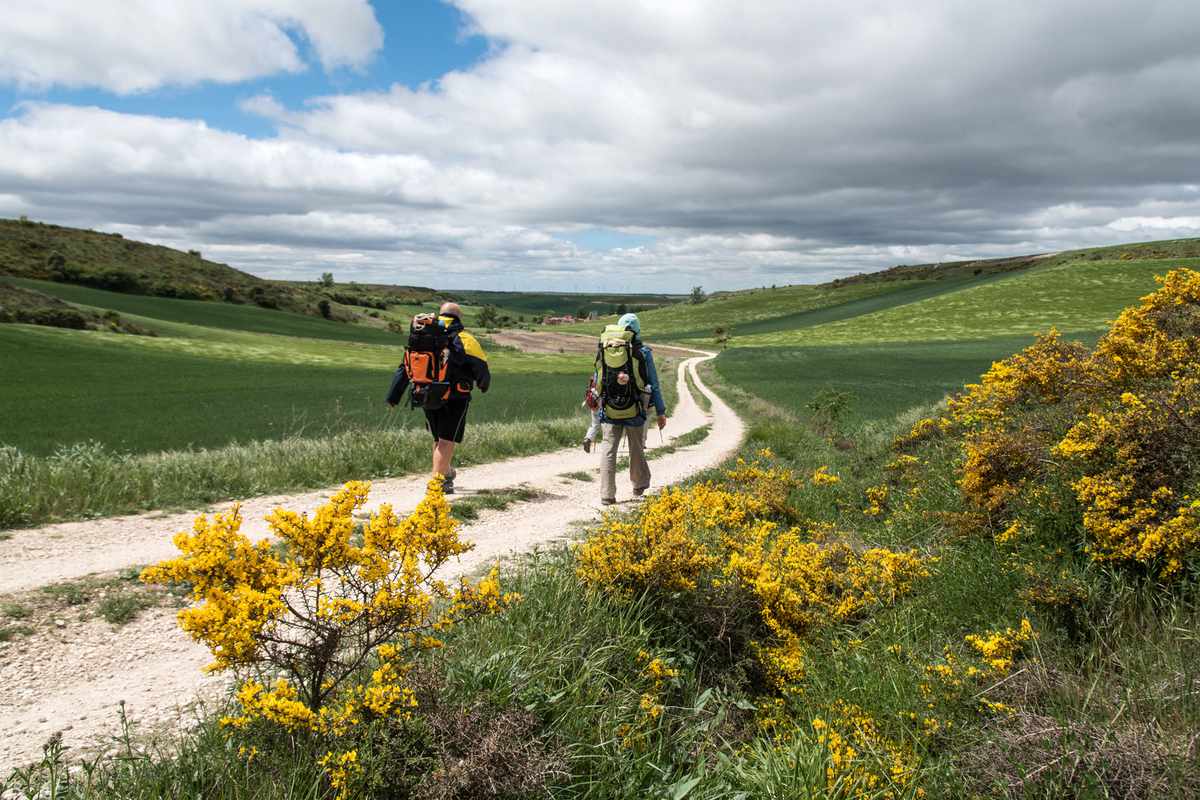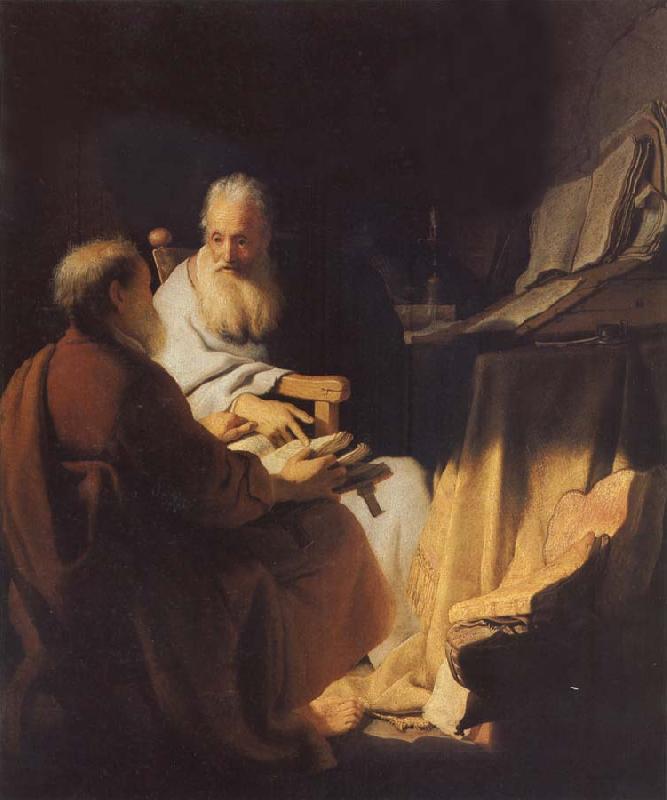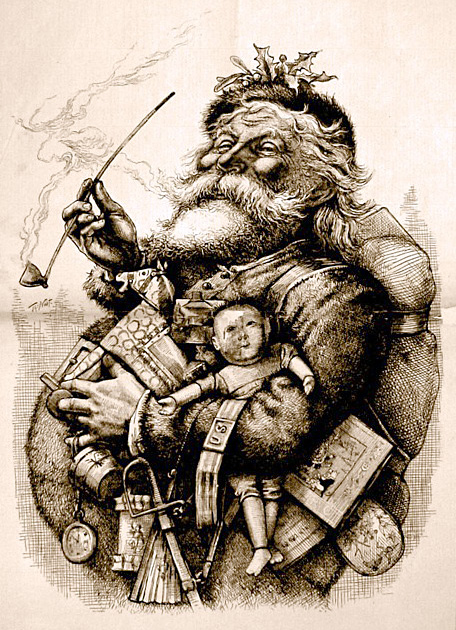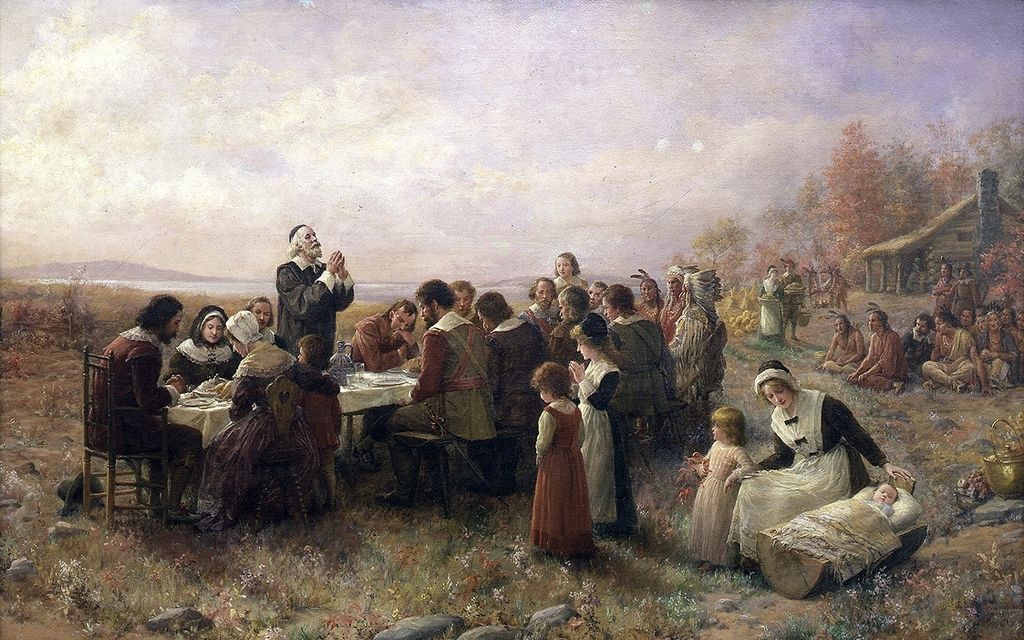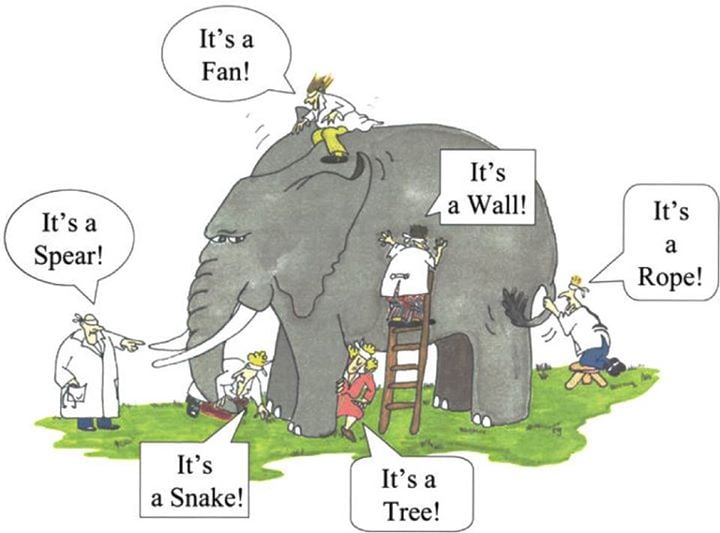* * * *

* * * *
As part of my ongoing 2024 meditation, Lent as Pilgrimage, I went back and checked some older posts on the subject. I typed “Lent contemplation” in the search box above right, and found this post from December 2015: Develop your talents with Bible study.
I’m not sure what the connection was between that near-Christmas 2015 post and Lenten contemplation, but maybe it was the theme, “opening your mind with Bible study and developing your talents.” And those two subjects certainly seem worthy of contemplation during this Lent.
The post started with Matthew 25:14-30 and the Parable of the talents. The lesson?
Develop your talents! That’s the point: That you can’t be a “good and faithful servant” unless you give back to God more than what He originally gave you. And you can’t do that by being too literal, too focused on “avoiding sin.”
It went on to talk about how humans will always make mistakes and that maybe “the concepts of sin, repentance and confession are simply tools to help us realize the purpose Jesus had for us.” Also about not developing a “holier than thou” attitude, and not becoming just another “Carbon Copy Christian.” (Instead, “Sing to the LORD a new song.”)
But mostly it was about developing your talents, as a way of “obtaining unity with God, through Christ.” In other words, becoming someone “who seeks by contemplation and self-surrender to obtain unity with or absorption into the Deity or the absolute.”
Which is the definition of a mystic, one who “attempts to be united with God through prayer.” I also noted the term “mystic” seems to throw Southern Baptists and other conservatives into apoplexy, adding, “Try it sometime!!!” But of course, that was only joking…
The post also noted the story of Shadrach and the Fiery Furnace. That’s when he and his buddies – Meshach and Abednego – were about to be thrown into a burning fiery furnace. Those three men knew that God could save them if He wanted to, but they also knew that might not fit in with His (God’s) purpose. Thus their response to the king in Daniel 3 (16-18):
Shadrach, Meshach, and Abednego answered the king, “O Nebuchadnezzar… If our God … is able to deliver us, he will deliver us… But if not, be it known to you, O king, that we will not serve your gods and we will not worship the golden statue that you have set up.”
Note the emphasized “But if not…” The three men were really saying something like this: “O Nebuchadnezzar, it’s up to God Himself to decide if He’ll deliver us… God certainly has the power to save us, but even if He decides not to, we will still believe in and follow Him…”
Definitely a great lesson for this 2024 year of political turmoil and polarization.
And finally, the Notes in that 2015 post had a link to an earlier post, from May 2014, The Bible as “transcendent” meditation. That post also talked about “so-called Christians” who focus on sin – usually someone else’s – rather than all the positive things that regular Bible-reading can give you. (A discipline like the one Paul mentions in Hebrews 12:11, that “produces a harvest of righteousness and peace.”) And it should be a gentle but persistent discipline. As one writer said, the would-be meditator (or “work-in-progress” Christian) should give himself permission to make mistakes. “You will make them anyway and will be much more comfortable – and get along better with this exercise – if you give yourself permission in advance.”
Or as Jesus said in Matthew 11:30, “My yoke is easy and My burden is light.” Which may not always seem true, especially when you’re going through a trial. However, with faith you’ll know, “God will save us. He will see us through this trial, so we come out stronger when it’s over.”
Another not-bad set of lessons to ponder this Lent…
* * * *

* * * *
The upper image is courtesy of www.pinterest.com/pc554/leadership-quotes/
The Book of Common Prayer reference: The “corporate-mystical” prayer is on page 339, the post-communion prayer for Holy Eucharist, Rite I.
Re: “Carbon copy Christian.” The link is to “Another brick in the wall,” from February 2015. Which is another term for such a Christian, and that post was pretty close to Lent in 2015.
On singing new songs. Isaiah 42:10 and Psalms 98:1 and 144:9, from [S]inging a NEW song to God.
Re: The discipline of Bible-reading producing “a harvest of righteousness and peace.” It can also give your life structure and purpose, things many people seem to be missing these days.
Re: Matthew 11. For the full reading see Matthew 11:28-30. In the King James Version (the one God uses), it reads, “Come unto me, all ye that labour and are heavy laden, and I will give you rest. Take my yoke upon you, and learn of me; for I am meek and lowly in heart: and ye shall find rest unto your souls. For my yoke is easy, and my burden is light.” (For some reason I remember the first part reading, “Come unto me, all ye that travail and are heavy laden…” Travail meaning “work especially of a painful or laborious nature.”)
The lower image is courtesy of Jesus Yoke Is Easy Burden Is Light – Image Results. It comes with a page, My Burden Is Light – Love, Grief and Healing, worth reading.
* * * *
